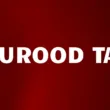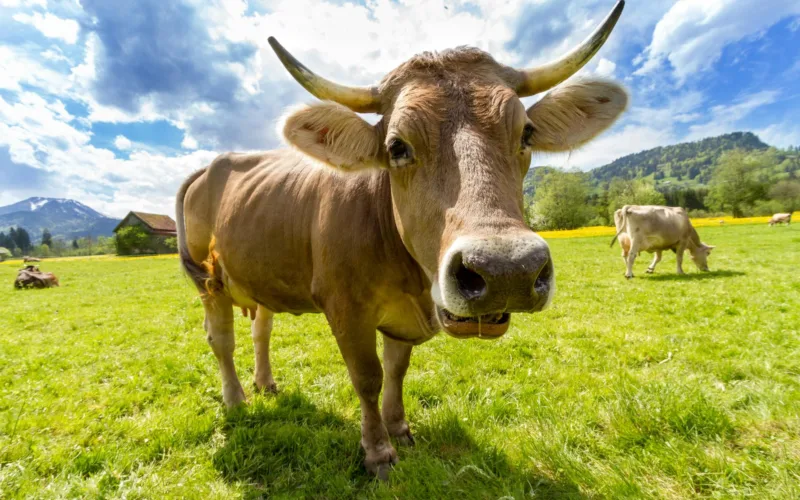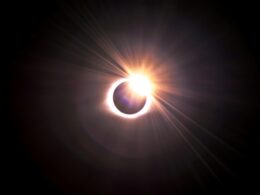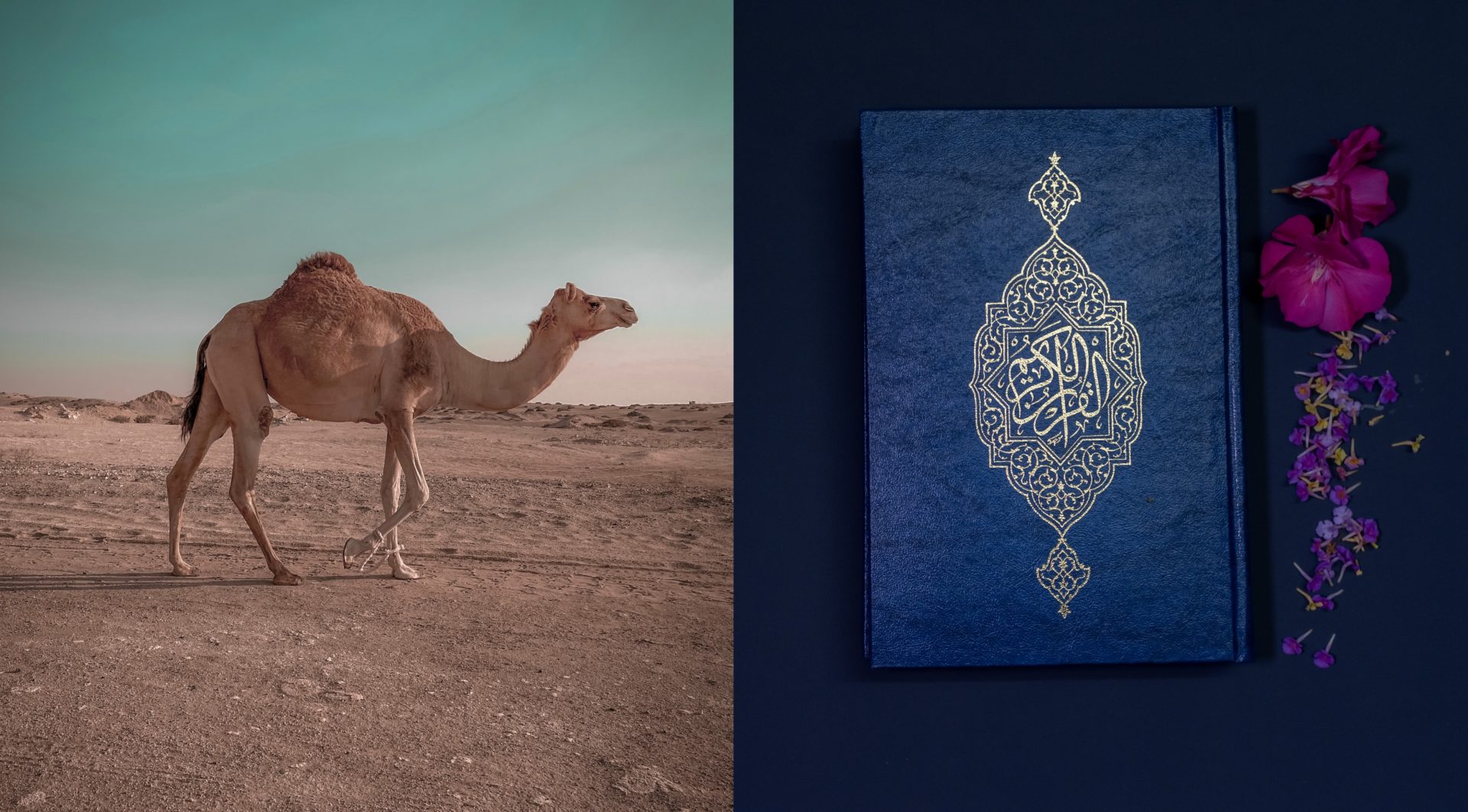These guidelines, derived from the Quran and Hadith, provide clear directives about which animals can be consumed and which should be avoided.
Here’s a comprehensive list to help you navigate these dietary rules.
List of Halal Animals
- Green Pigeon
- Martin, Swallow
- Camel
- Stag
- Balm Fish
- Quail
- Duck
- Goat
- Forest Goat
- Crane
- Nightingale
- Weaver Bird
- Ox
- Partridge (All types)
- Locusts
- Sparrow
- Ravine Deer (Chikara)
- Ruddy Goose
- Crested Lark (Chendole)
- Spotted Deer
- Rabbit
- Ram
- Buck (Sanbar)
- Blue Necked Bird (Subzak, Neel Kanth)
- A Bushy Tailed Cow of Tibat (Sara Gai)
- Sheldrake (Surkhab)
- Ostrich
- Parrot
- She Parrot
- Dove
- Goose
- Ringdove (Khumri)
- Black Bird with White Spot on the Belly (Ka’bar)
- Pigeon
- The Heron Fork Tailed Butcher Bird
- Crow (Zage Kusht)
- Crow (Zage Akhakh)
- Cuckoo
- Male Buffalo
- Cow
- Gatur
- Zebra
- Lal
- Lakhlakh
- Coturix/Lark
- Fish
- Cock
- Water Fowl
- Wagtail
- Peacock
- Mahuka
- Starling
- Ram
- White Antelope
- Hoopoe (Hudhud)
- Deer
List of Haram Animals
- Owl
- Falcon
- Sparrow Hawk (Basha)
- Lion
- Badger (Bijju)
- Scorpion
- Cat
- Monkey
- Panther
- Hornet, Wasp
- Heyna
- Falcon (Female Hawk)
- Red Velvet
- Tirmati
- Tadas
- Leopard
- Cricket (Insect)
- Bat
- Rat (Whether household or forest)
- Lizard
- Musk Rat
- Panther
- Vulture
- Mule
- Bear
- Snake
- Ermine (Sanjab)
- Swine Haram
- Lynx-Flex Caracal (Sia Gosh)
- Falcon
- Honey Bee
- Sparrow Hawk
- Tiger
- Dog
- Tortoise
- Crow (Abqha)
- Crow (Azaaf)
- Centipede (Kankhajura)
- Earthworm
- Crab
- Vulture
- Pet Donkey
- Chameleon
- Iguana (Ghod Phod, Goh)
- Squirrel
- Bandicoot
- Jackal
- Latora
- Langoor
- Fox
- Spider
- Crocodile
- Frog
- Mongoose
- Elephant
- Phoenix
- Porcupine
- Swine or Pig
- Pet Donkey
Animals explicitly forbidden by the Holy Quran and tradition, like pigs and pet donkeys, are clearly prohibited.
Creatures with no flowing blood, such as flies, mosquitoes, spiders, cockroaches, scorpions, fireflies, and white ants, are forbidden (Haram). However, locusts are allowed without the need for ritual slaughter (zibha).
Animals that have blood but do not have a flowing blood system, like snakes, lizards, and various types of geckos, are prohibited.
Animals categorized as burrowing insects, such as rats, muskrats, bandicoots, and mongooses, are also forbidden.
Animals that live in water, like frogs, crabs, alligators, and tortoises, are prohibited. Fish, even if dead, are permitted. However, a fish that turns over in the water without any injury, known as ‘tafee,’ is not allowed. Fish varieties such as ‘bam fish’ and ‘black fish’ are permitted. Prawns are controversial; those who classify them as fish permit them, while others who do not, consider them forbidden.
Animals with flowing blood that graze on grass and leaves but do not cause wounds with their teeth, like camels, goats, sheep, cows, oxen, buffaloes, and deer, are allowed. Horses, however, are considered undesirable.
Birds that peck at food without using their claws to cause harm and do not prey on others, like sparrows, pigeons, doves, partridges, cocks, quails, ducks, larks, cranes, minas, and parrots, are permitted.
Predatory beasts that inflict wounds with their teeth and hunt, including tigers, wolves, jackals, foxes, leopards, panthers, cats, dogs, monkeys, langurs, bears, and hyenas, are prohibited.
Birds that use their claws to hunt and inflict injuries, such as hawks, falcons, sparrowhawks, vultures, and other similar birds, are forbidden.
Birds that feed on carrion, like vultures and the Gypaetus barbatus, are prohibited.
For animals whose parents include both permissible and forbidden species, the mother’s status determines the offspring’s permissibility. For instance, if the mother is a she-ass, the mule is prohibited. If the mother is a cow, the offspring is allowed. If the mother is a mare, the mule is considered undesirable. If the mother is forbidden, the offspring is also forbidden.
The milk from permissible animals is allowed, while milk from prohibited animals is not. Similarly, eggs from permitted birds are allowed, and eggs from prohibited birds are forbidden.
Subscribe to our channels on WhatsApp, Google News, Facebook and Instagram.Discover more from The Islamic Information
Subscribe to get the latest posts sent to your email.












